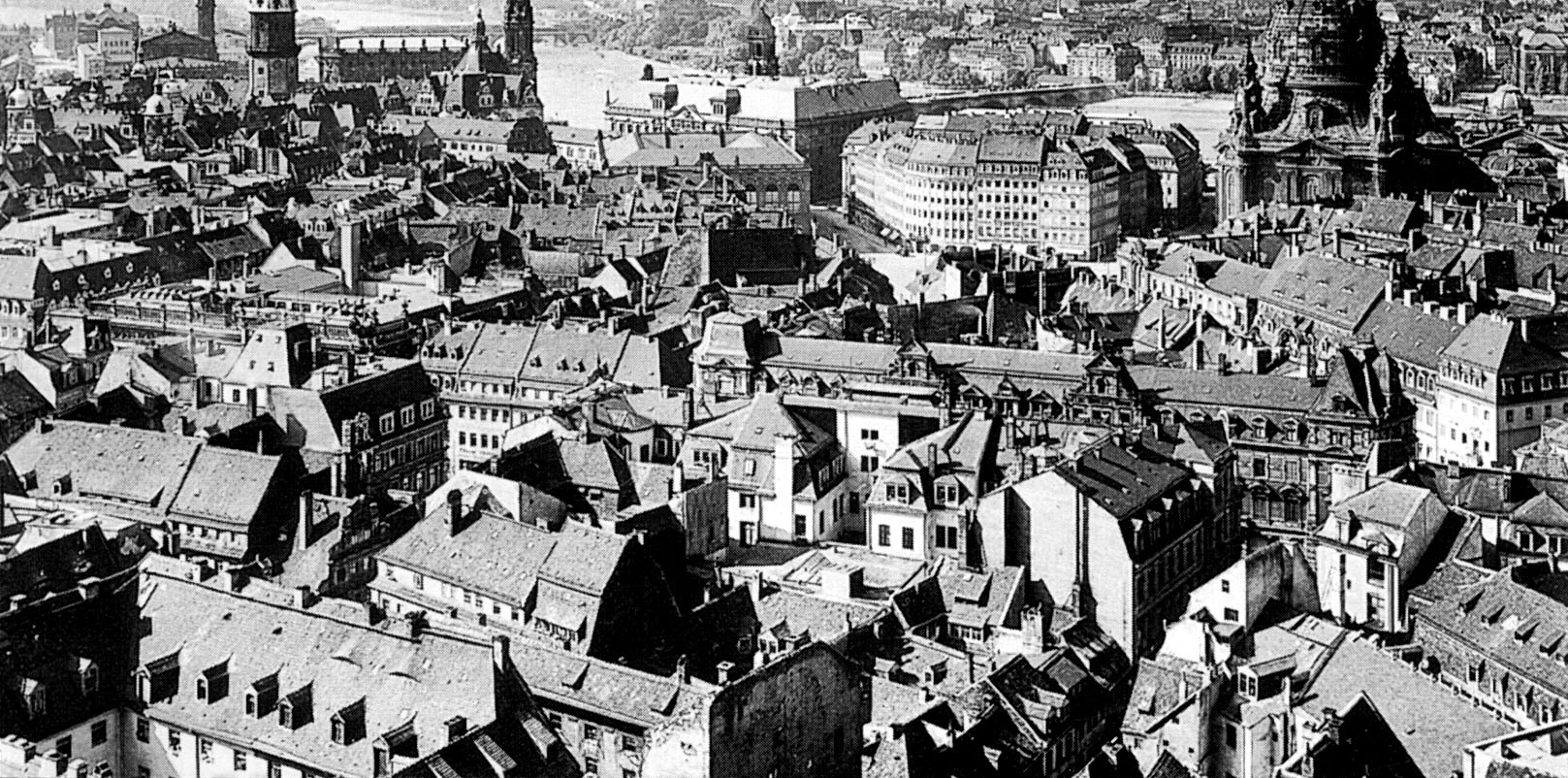Independence in the City
Expressionism was a radical departure from European artistic standards. The artists didn’t strive for realism, but rather a more expressive and subjective treatment of their surroundings. Through their brash use of color, gesture, and form, they conveyed an emotional understanding of their subject matter. With this strong focus on emotion, came a more individualized approach to making art. In Ernst Ludwig Kirchner’s painting View from the Window, 1914, Emil Nolde’s lithograph A Church by a Harbor, 1907, and Ludwig Meidner’s two-sided painting Burning City, 1913, this individuality can be seen in their distinctive treatment of their urban environments. All three artists held a similar distaste for their surroundings. This was a motivating factor behind each of the works at hand. With their like subject matter, the different ways in which these three approach their work becomes especially apparent. The aggressive distortion present in each cityscape was a means for the artist to channel past experiences and portray their unique mental state.
In seeing how these works represent the artists as individuals, it is also necessary understand to how they fit into the larger context of German Expressionism. These artists were all working at a similar time and often in close proximity. Nolde and Kirchner were both affiliated with The Bridge, a group of German artists active from 1905 to 1913. The stylistic tendencies of the group were similar to that of the Fauves with a use of pure color and a break from illusionistic tendencies. They shared a strong collaborative spirit, even living together and shared studio space.
Nolde was only a member of the group for a brief period of time. Being much older, he found himself unsuited for the artists’ colony and left in 1907, only a year after he had joined. Despite his short stay, it did have a large influence on his work. It made him work to create a more individualized style, with bold color and an expressive treatment of form. This influence can be seen in A Church by a Harbor, 1907, a work he made during this short period. Its distinct use of gesture and expressive use of the lithographic medium are likely resultant of his collaboration with the members of The Bridge.
Six years later, in 1913, The Bridge disbanded and Kirchner painted View from the Window. In the wake of this he searched to create a more individualized style. Unlike Nolde who was responding to the aesthetic of the group, Kirchner was attempting to distance himself from it. He balanced a number of outside influences, like his interest in German artistic tradition, with a need for self-expression. In View from the Window this can be seen in his distinct treatment of space and line. He was shifting his focus to a more modern subject matter, the city, and creating a style to match.
In contrast Meidner stayed largely independent, not joining artist groups like The Bridge or The Blue Rider. Although their influence can be seen in his work, his visual and conceptual framework was based more on introspection. This separation has a clear presence in the three works shown. Burning City seems to stand in opposition to the other works because of its violent energy. While Kirchner and Nolde were painting their surroundings, Meidner creates a totally imagined scene. This painting can be seen as precursor to the second wave of Expressionism, where artists turned away from an individual retreat to something more didactic and relevant to the real world. The scene of destruction Meidner creates has a strong moralizing tone, with a message in direct response to urbanity.
Within German Expressionism these works represent a range of circumstances: Nolde’s time with The Bridge, Kirchner’s newfound independence, and Meidner’s total autonomy. Understanding these circumstances is important in examining their representation of the city, but moving past this historical lens is also necessary. For each artist his treatment of the city was a projection of self. These works represent each artist more as an individual than they do the collective whole of German Expressionism.
Credits
Luke Sorensen
